
Kangaroo Island is located off the coast of South Australia, southwest of the state capital, Adelaide. It lies in the Southern Ocean, about 112 kilometers (70 miles) southwest of Adelaide. The island is separated from the mainland by the Backstairs Passage, a body of water that connects the Gulf St Vincent to the Southern Ocean. Kangaroo Island is the third-largest island in Australia, following Tasmania and Melville Island.

Kangaroo Island was first sighted by Europeans in 1802. The island was discovered by British explorer Matthew Flinders on March 23, 1802, during his circumnavigation of Australia. Flinders named the island "Kangaroo Island" due to the abundance of kangaroos he observed there. Prior to European discovery, the island was inhabited by Indigenous Australians, although it was uninhabited at the time of Flinders' arrival.

Kangaroo Island was not invented, but it was first documented by Europeans when British explorer Matthew Flinders sighted it on March 23, 1802. Flinders named it "Kangaroo Island" due to the large population of kangaroos he observed, which provided a much-needed source of fresh meat for his crew. The island had been known and inhabited by Indigenous Australians for thousands of years before Flinders' arrival, though it was uninhabited at the time of European discovery.

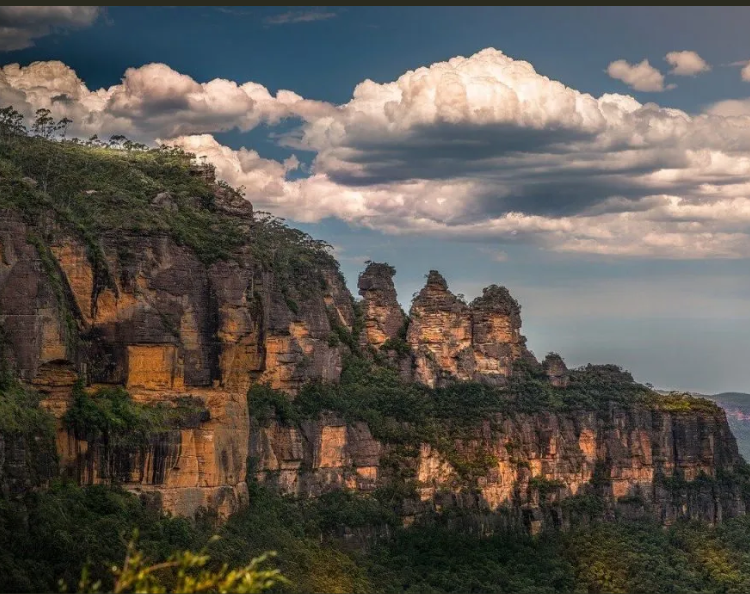
Kangaroo Island is named for the large population of kangaroos that British explorer Matthew Flinders observed when he first sighted the island on March 23, 1802. Flinders and his crew were able to hunt the kangaroos, which provided them with a vital source of fresh meat during their expedition. In gratitude for this much-needed sustenance, Flinders named the island "Kangaroo Island."



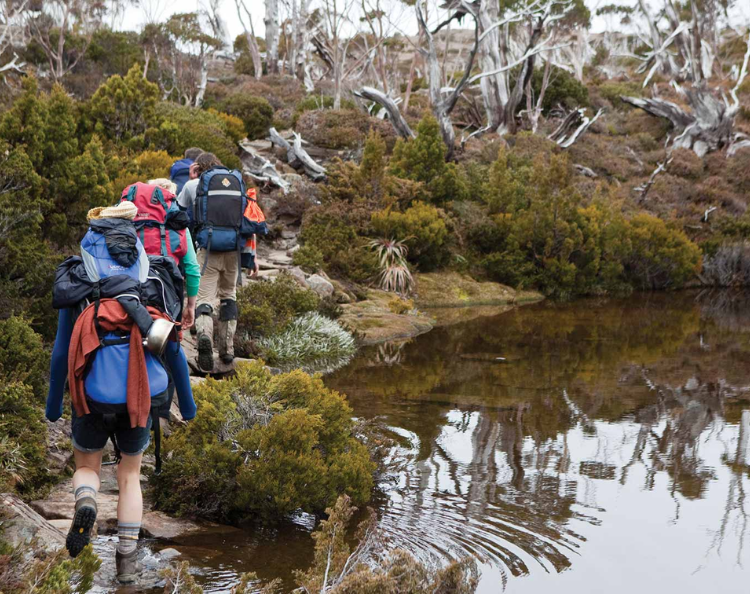
Kangaroo Island is considered a paradise for hiking lovers for several reasons:
1. **Diverse Landscapes**: The island features a variety of terrains, including rugged coastlines, dense forests, pristine beaches, and rolling hills. This diversity offers hikers a wide range of experiences and scenery.
2. **National Parks and Conservation Areas**: A significant portion of Kangaroo Island is protected within national parks and conservation areas. Flinders Chase National Park, for instance, is home to iconic landmarks like the Remarkable Rocks and Admirals Arch, as well as a network of well-maintained hiking trails.
3. **Wildlife Encounters**: Hikers can enjoy close encounters with a variety of wildlife, including kangaroos, koalas, echidnas, and a plethora of bird species. The island’s relatively low human population density and extensive natural habitats make wildlife sightings common.
4. **Well-Marked Trails**: Kangaroo Island boasts numerous well-marked and maintained hiking trails suitable for all levels of hikers. From short walks to multi-day hikes, there are options to fit every preference and skill level.
5. **Scenic Coastal Walks**: The island's coastline offers some of the most stunning coastal walks in Australia. Trails like the Kangaroo Island Wilderness Trail provide breathtaking views of cliffs, beaches, and the ocean.
6. **Seclusion and Tranquility**: Due to its size and the spread-out nature of its attractions, Kangaroo Island offers a sense of seclusion and tranquility, making hikes peaceful and more immersive in nature.
7. **Cultural and Historical Sites**: In addition to natural beauty, hikers can explore cultural and historical sites, such as lighthouses, old settlements, and Indigenous heritage areas.
These attributes make Kangaroo Island an ideal destination for hiking enthusiasts looking to explore natural beauty, encounter wildlife, and enjoy a variety of trails in a serene environment.
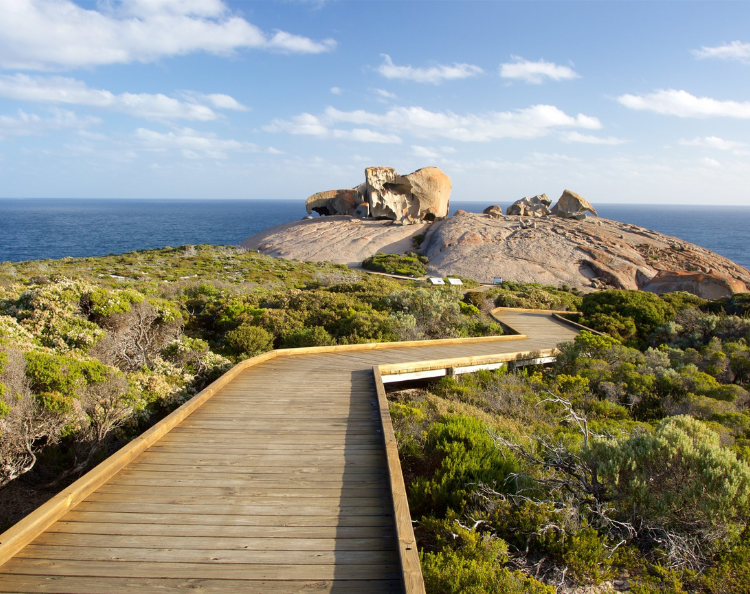
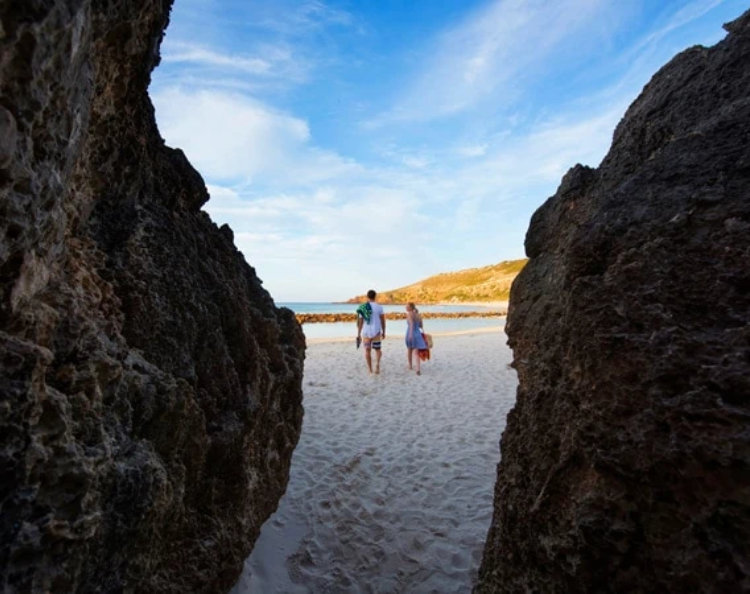
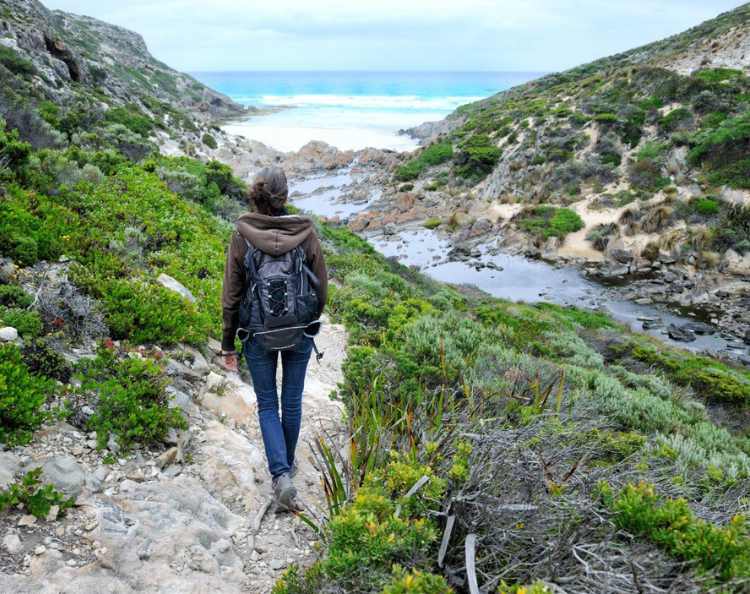
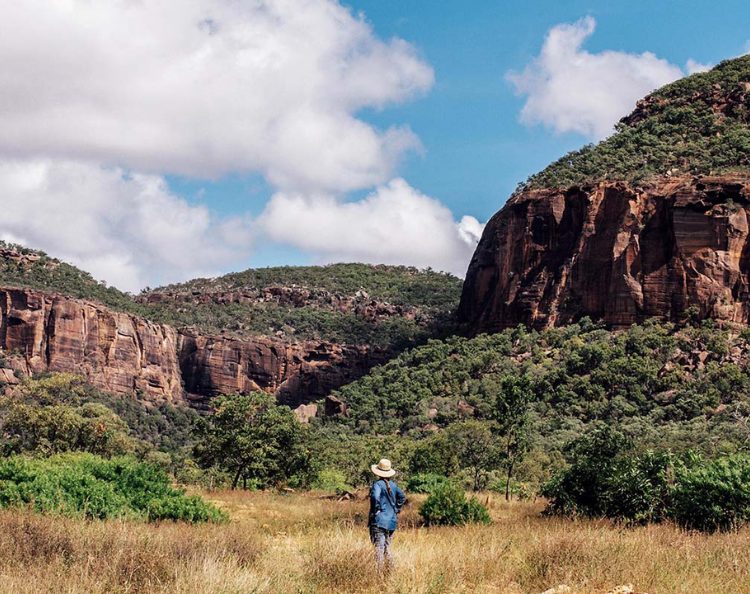

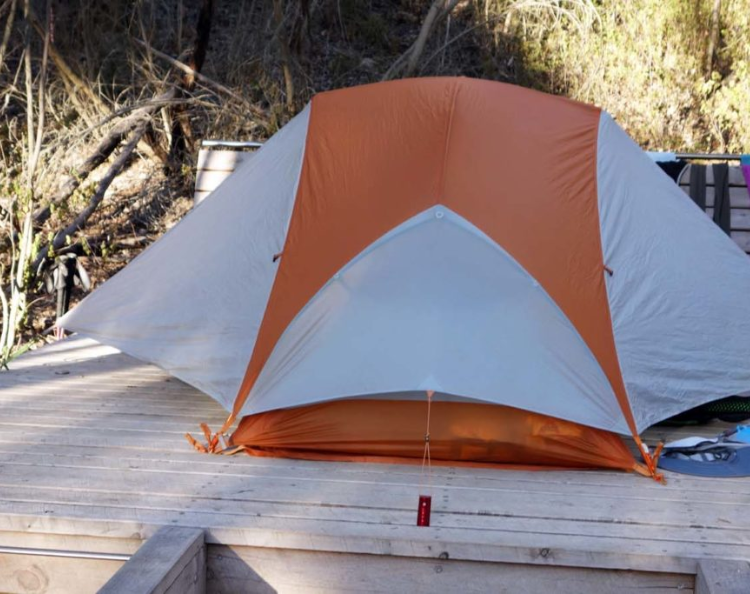
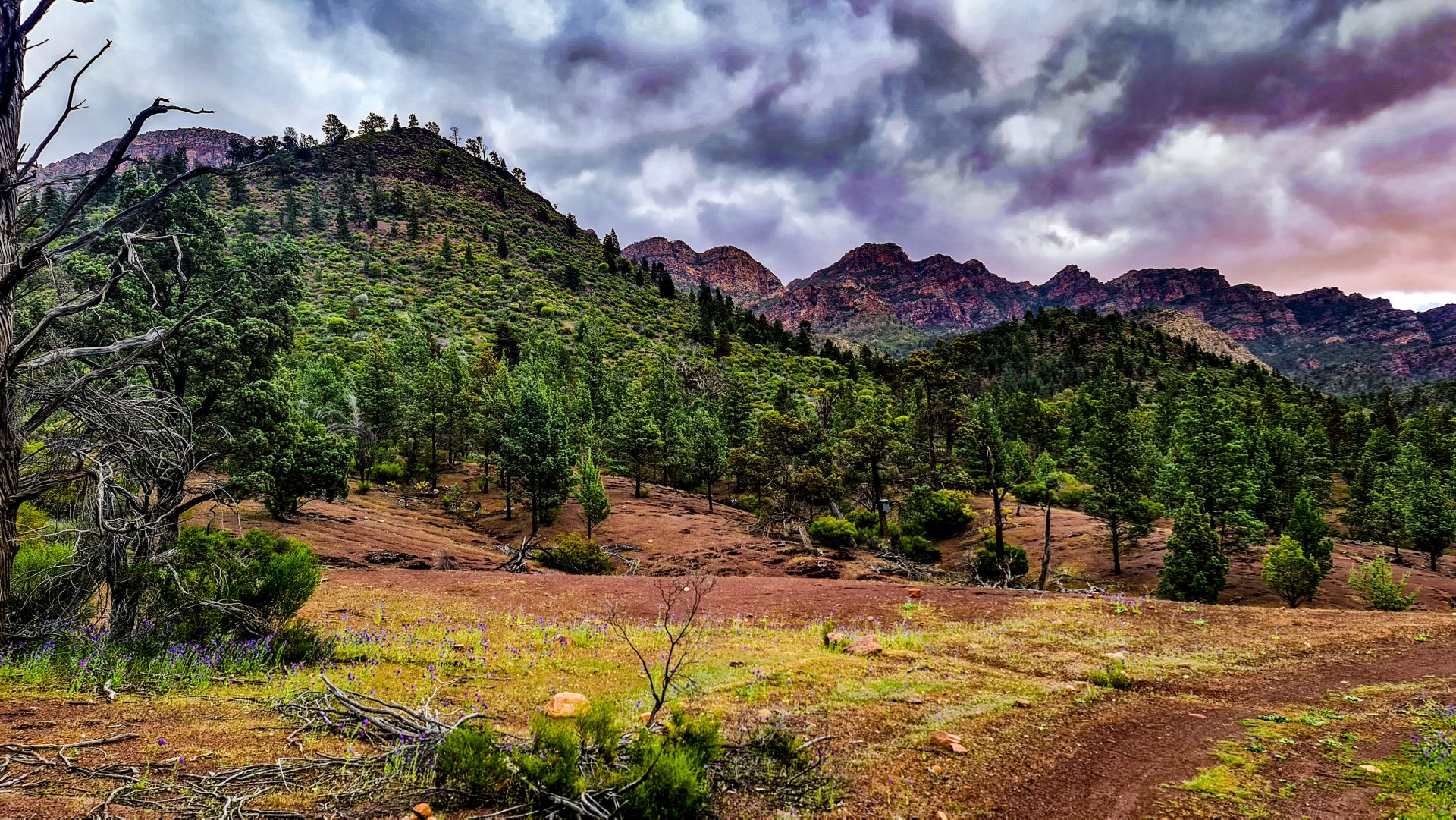
Kangaroo Island is indeed a great hiking destination year-round, but the experience can vary depending on the season. Here’s a breakdown of what to expect in each season:
**Summer (December to February)**
- **Pros:** Long daylight hours, ideal for extended hikes. The sea is warm, making it perfect for combining hiking with swimming.
- **Cons:** Can be quite hot, with temperatures occasionally exceeding 35°C (95°F). Some trails may have less shade, so sun protection and plenty of water are essential.
**Autumn (March to May)**
- **Pros:** Mild temperatures make hiking more comfortable. The landscape starts to transform with the changing foliage, offering beautiful scenery.
- **Cons:** Some days can still be warm, and evenings can become cool, so layered clothing is advisable.
**Winter (June to August)**
- **Pros:** Cooler temperatures are ideal for strenuous hikes. The island is less crowded, offering a more solitary experience. Wildlife is often more active.
- **Cons:** Rain is more frequent, which can make some trails muddy and slippery. Windy conditions are also common, especially along the coast.
**Spring (September to November)**
- **Pros:** Mild temperatures and blooming wildflowers create stunning landscapes. It's an excellent time for wildlife watching, as many animals are more active and visible.
- **Cons:** Can be windy, particularly in coastal areas. Occasional rain showers may occur, but they are usually brief.
General Tips for Hiking on Kangaroo Island:
- **Weather Preparation:** Always check the weather forecast before heading out and be prepared for sudden changes.
- **Water and Sun Protection:** Regardless of the season, bring sufficient water, sunscreen, a hat, and sunglasses.
- **Layered Clothing:** Wear layers that can be added or removed as needed, particularly in autumn and winter.
- **Trail Information:** Use maps and trail guides to ensure you’re aware of the difficulty level and length of your chosen hikes.
- **Safety:** Inform someone of your hiking plans and expected return time, especially if going on longer or more remote trails.
By being prepared and choosing the right season based on your preferences, you can enjoy hiking on Kangaroo Island any time of the year.